East Side or West? North or South? How Binghamton neighborhoods evolved.
- Oops!Something went wrong.Please try again later.
I was asked a good question the other day from my wife, who wanted to know where the North Side of Binghamton was located. She asked if that was in the First Ward. To which I went into a rather long, while trying to stay simple, explanation of what constitutes the North Side, East Side, West Side, and South Side do not have exact definitions.
While that is true, there are some basic agreements that the North Side is that part of the city north of the railroad tracks to the city line and between the Chenango River and the Brandywine Highway (Route 7). The East Side is that part east of the Brandywine to the eastern city line and north of the Susquehanna River. South Side is easy – that part of the city located south of the Susquehanna River. West Side is that part west of the Chenango River and south of Main Street to the Susquehanna River.
While those are basic lines – the problem came when I explained that the North Side started with the original line of Bingham’s Patent, which is the southern boundary of the 13th Ward. The what? asked my wife. The 13th Ward, I responded – to which was the reply – what is a ward?
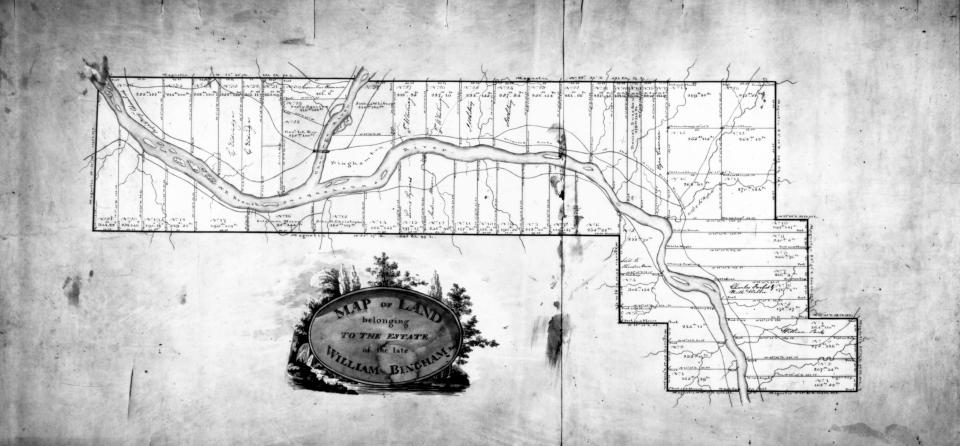
Baseball:Where was Johnson Field in Johnson City? Looking back at our baseball history
Homes:He built the oldest home in Broome County: Who was Amos Patterson?
Industry:Binghamton printers latched onto rise of unions in 1921
Again, a good question. If you asked someone what a ward was, you might get the answer that it was a juvenile taken care of by an older adult – something like Dick Grayson was the ward of Bruce Wayne in the Batman comics. Interestingly enough, he was played by Burt Ward in the 1960s version of Batman. Or perhaps you thought of Ward Bond who played the wagon master on Wagon Train in the early 1960s. In either case, you would be wrong.
As villages grew into cities in the growing young United States, a system was developing that would create a “neighborhood” system of governance that would be linked into the elected governing bodies of those cities. What developed from that was the ward system – where specific boundaries would be established, and, often, a board supervisor would be elected to help govern those neighborhoods and contribute to the operation of the city.
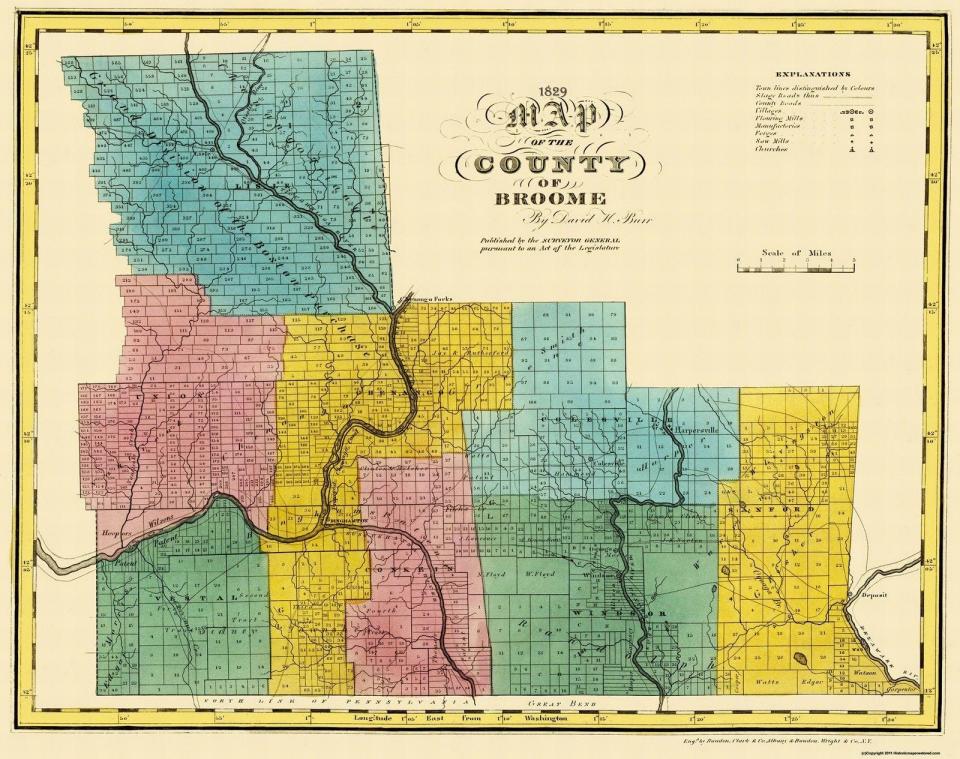
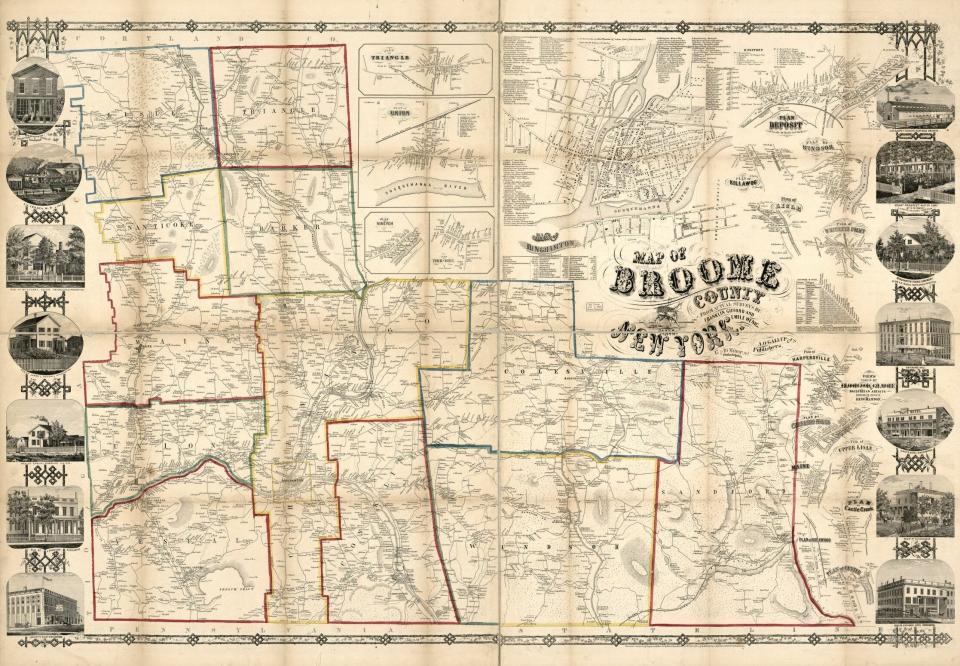
In its most advanced and, sometimes corrupt, system you might bring up the concept of Tammany Hall – the political machine that ran many aspects of the politics of New York City in the 19th century. In most cities, though, there developed a ward system that allowed for “local” control based on well-defined boundaries that would then become part of the decision-making process between the mayors of those cities and the ward supervisors.
In Binghamton, when the village became a city in 1867, there were four original wards that followed this pattern. As the population of Binghamton increased during that last half of the 19th century, and the size of the city expanded during this same time, the number of wards increased. By 1889, the city had grown from four wards to 12 wards.
That all changed in 1890 when land was annexed to the east side, the west side, and lands north of the original Bingham Patent line established in the late 1780s. That last portion became the 13th and final ward added to the city’s official municipal map. Until the 1960s, Binghamton had 13 ward supervisors who were also part of the Broome County Board of Supervisors – one supervisor in each of the 16 towns in the county. If that all sounds like a very large legislative body – it was.
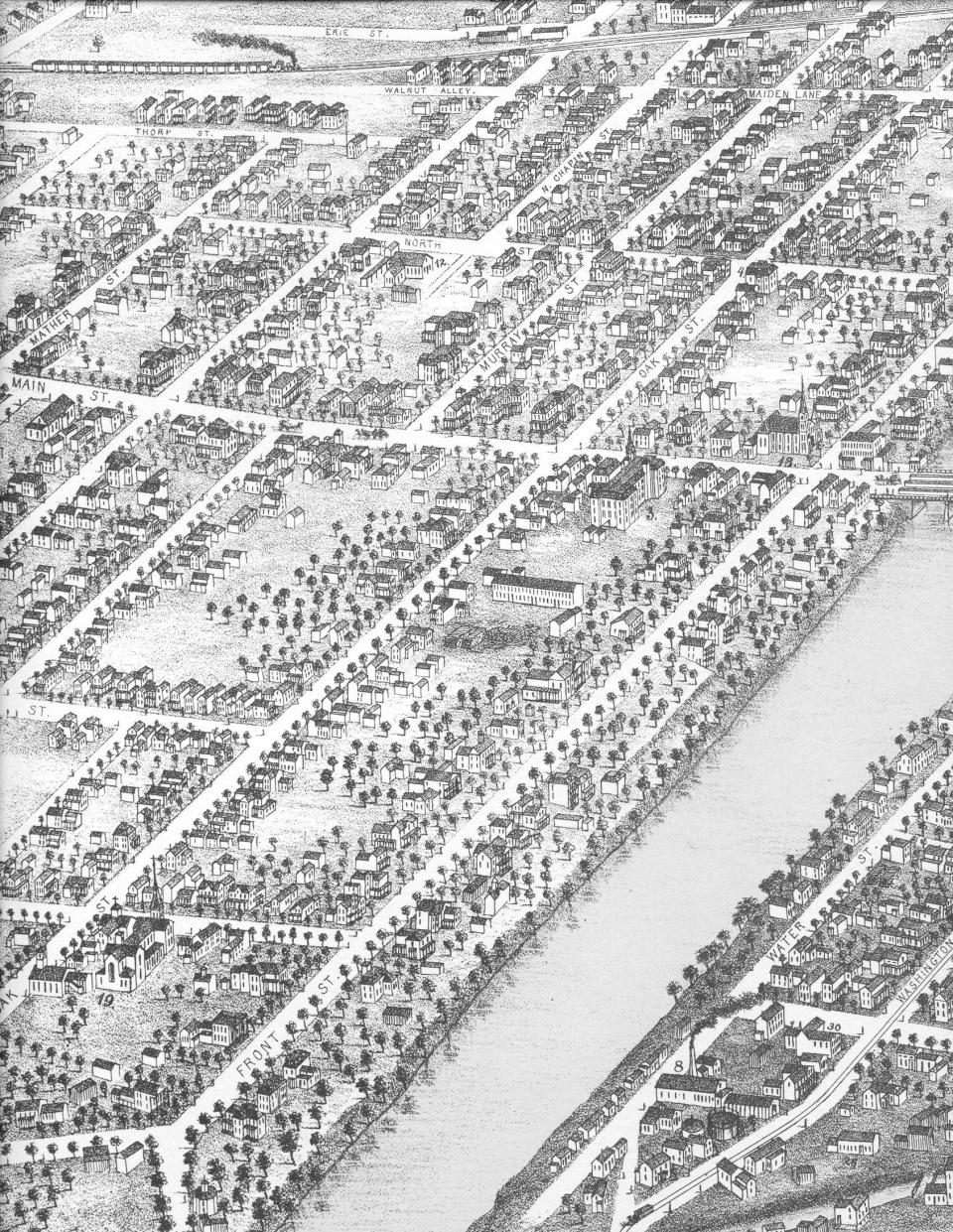
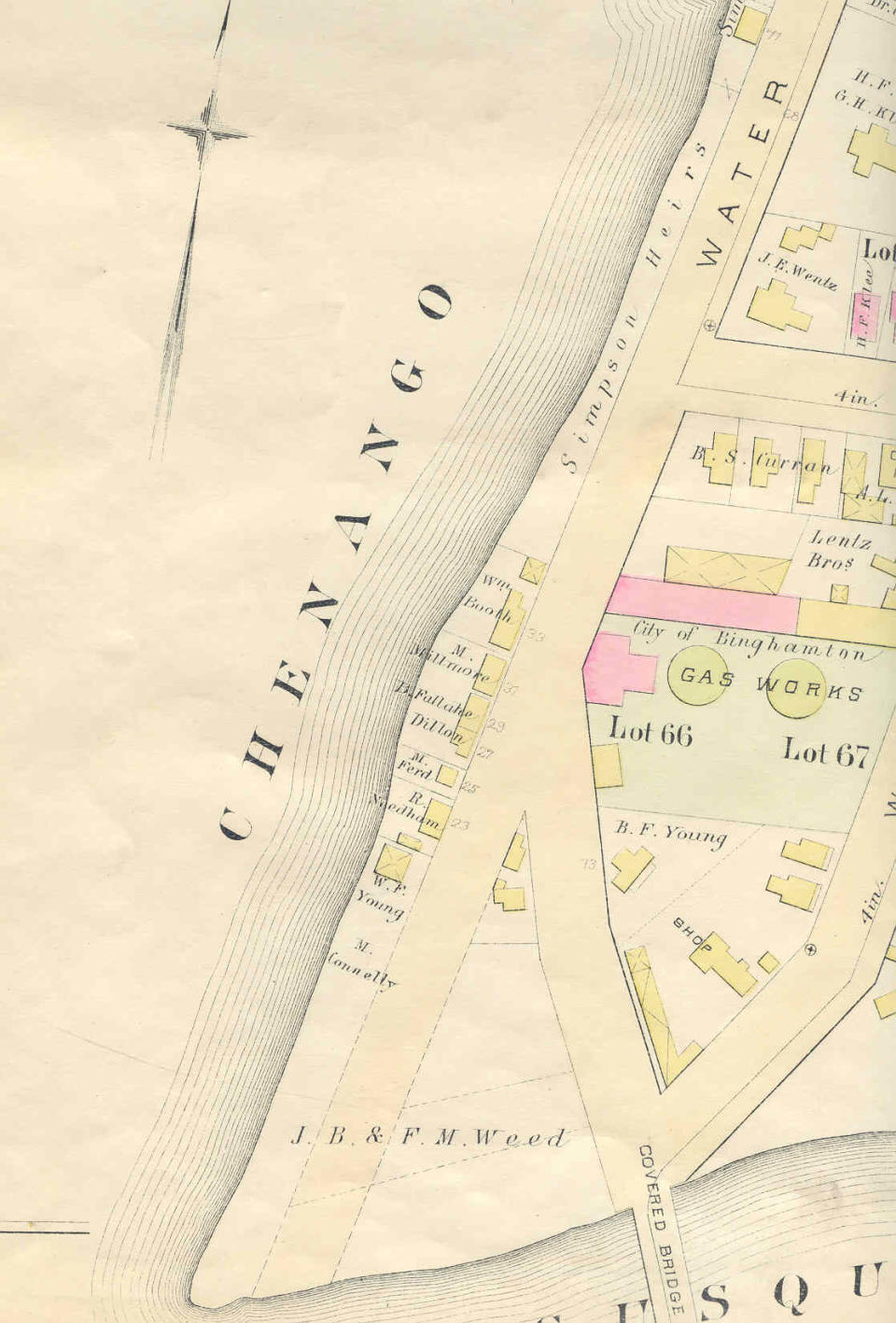
In the 1960s, the move to one person, one vote took hold and the city created councilmanic districts that overrode the old ward system, while the county developed legislative districts to override the former board of supervisors’ system. The number of elected officials went down in size and redistricting became and continues to be an issue after each census. The meaning of the wards slowly has slipped away.
Today, we still speak on some of the old terms, such as First Ward or, when I lived on the South Side – the Bloody Fifth. But that is another story to tell. But the wards were an important part of the growth of city government.
Gerald Smith is a former Broome County historian. Email him at historysmiths@stny.rr.com.
This article originally appeared on Binghamton Press & Sun-Bulletin: Binghamton history shows how neighborhoods evolved from wards to 'sides'

